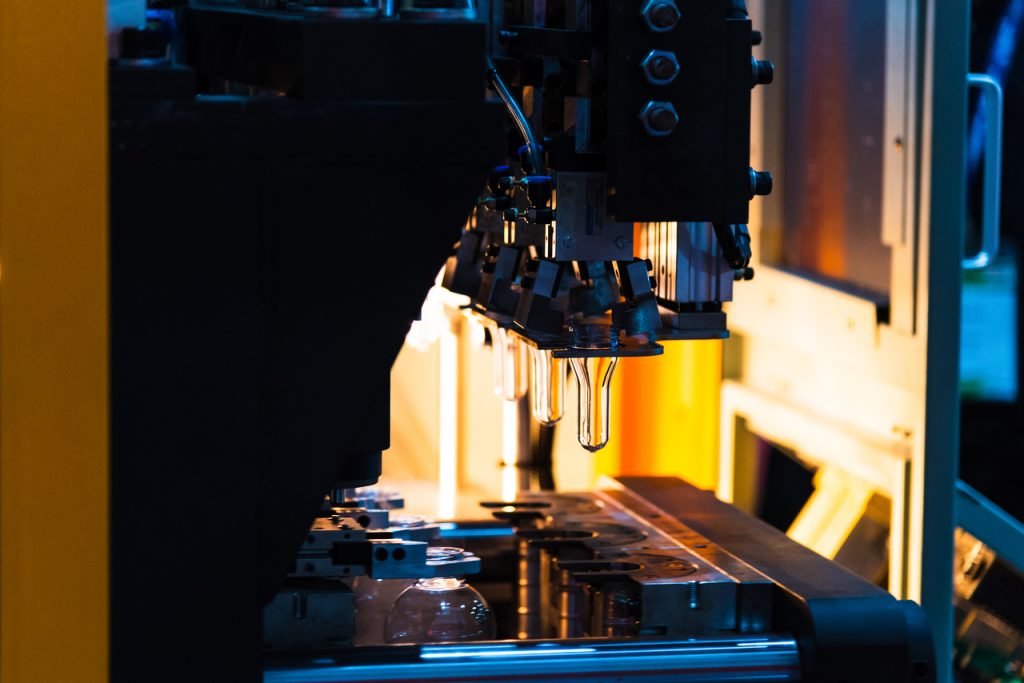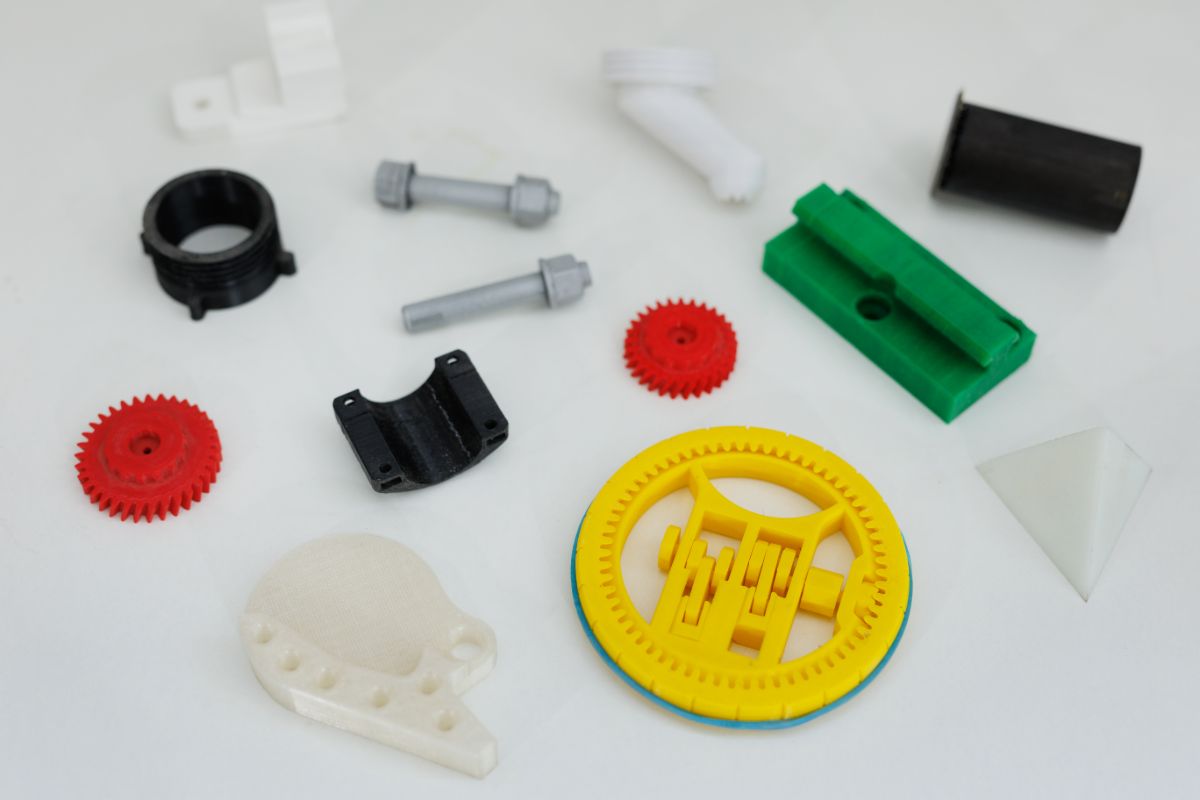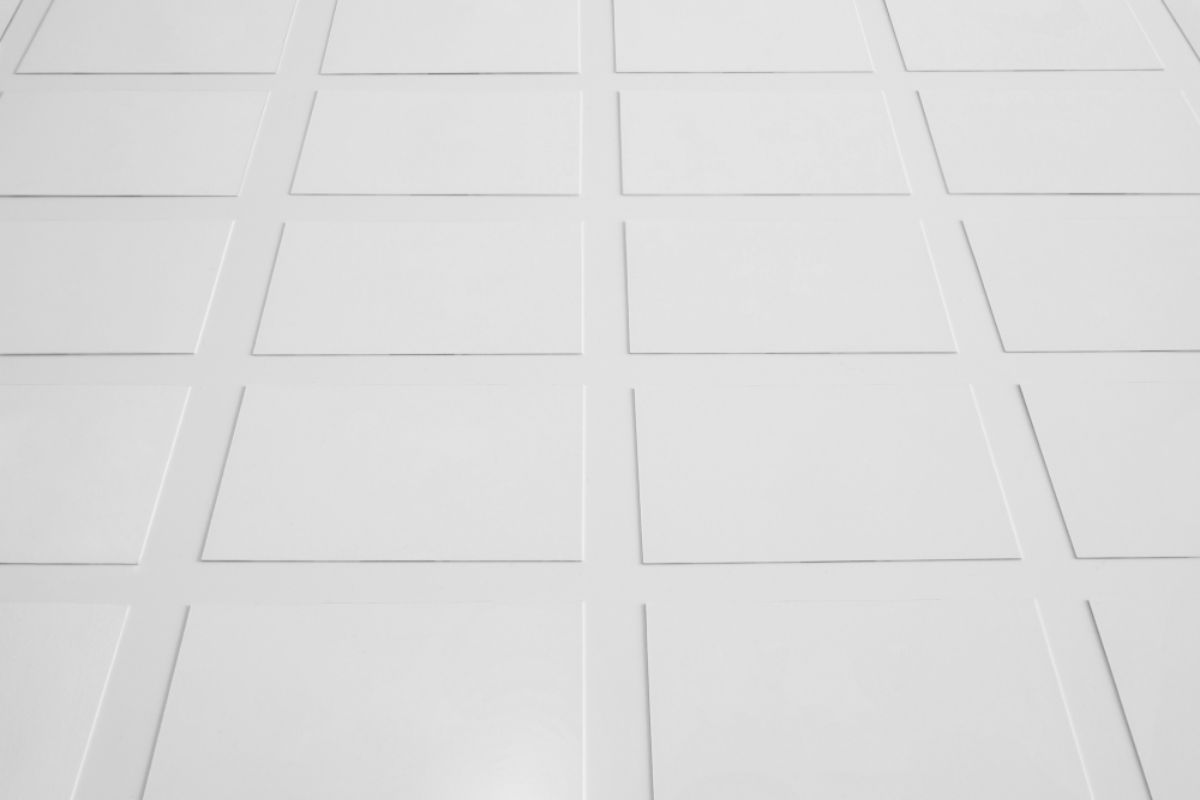What are the different types of plastic manufacturing?
- Injection Molding
- Reaction Injection Molding
- Thermoforming
- Extrusion Blow Molding
- Compression Molding
Plastic is one of the most widely used materials in the world. Products that have been made as a result of the different types of plastic manufacturing are found across many applications — from beverage containers to automotive components. Using a combination of techniques, machines, and other ingredients, these manufacturing techniques have been key to new developments and other versatile uses. Continue reading to learn more.
Injection Molding
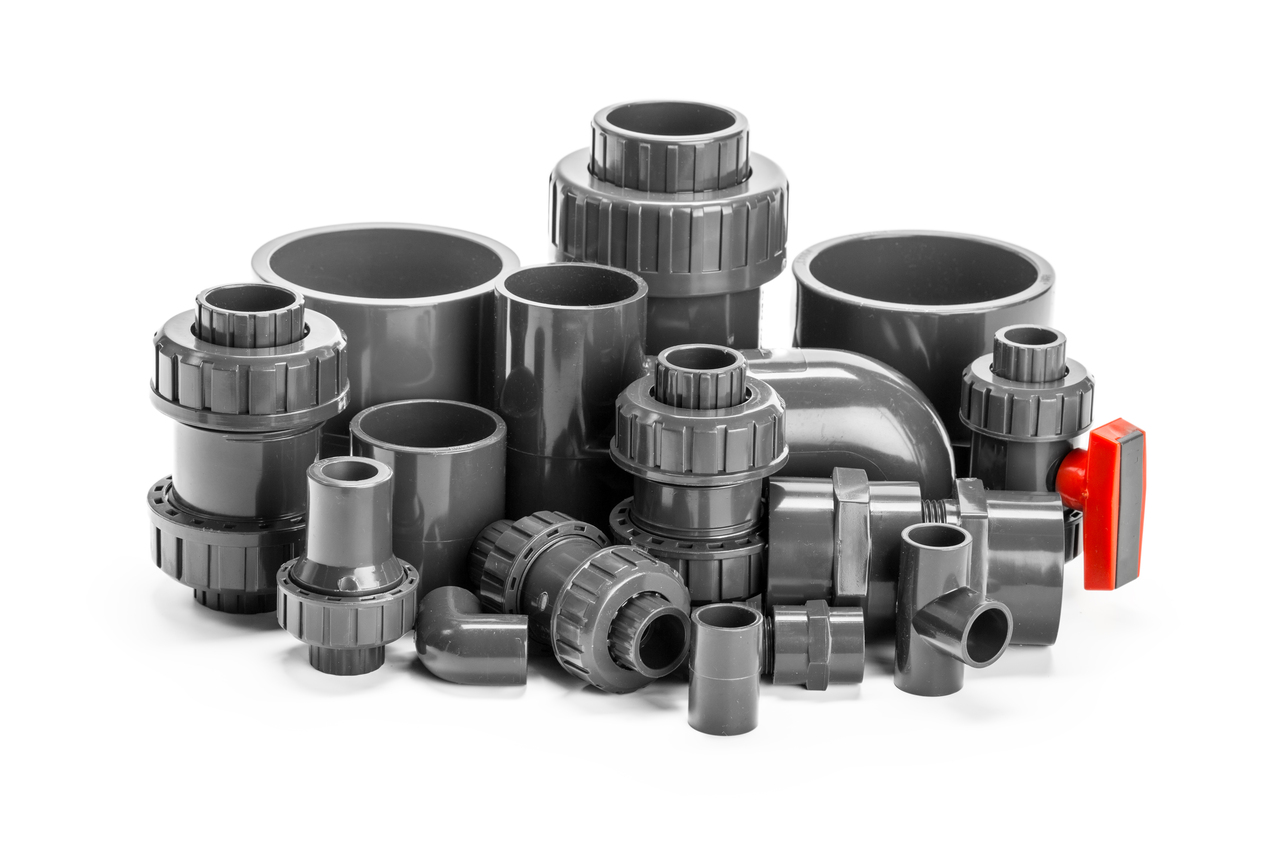
Injection molding is arguably the most popular type of process in making plastics for end-consumers. This method is useful in the production of large volumes of plastic materials, making it another low-cost and practical choice. It may be possible to produce different variations of plastic using an injection molding tool. These are namely: thin-walled, cylindrical, cubic, or even flat end-products.
Some of the most common types of plastic that you’ll find in injection molding include nylon, acrylic, polystyrene, polypropylene, or polyethylene. These are all found as raw materials for the molding process and shaping them into the desired form may take from as little as two seconds to two minutes. The time will depend on the shape of the mold or its material.
First, the raw material is injected into the mold with consistently high pressure. The mold is two separate parts that are secured by a high-strength clamp. As the molten plastic seeps into the mold, it gradually solidifies. After it has hardened, it will be ejected from the mold. Other secondary processes may take place by reducing the trimmings and getting the desired shape.
Reaction Injection Molding
If injection molding products are typically thin-walled and lightweight in nature, products from reaction injection molding involve a curing process that is able to harden the material. The material used for reaction injection molding is usually a thermosetting polymer which permanently hardens the molten material after curing.
Unlike the injection molding process, reaction injection molding (or RIM, for short) makes use of low-temperature and low-pressure techniques to form the molded object. In RIM, two types of molten plastic are poured in different tanks before they’re transported to a mixing container. The resulting mixture is likewise injected into the mold, then subsequently ejected after the material has already been cured or solidified.
Thermoforming
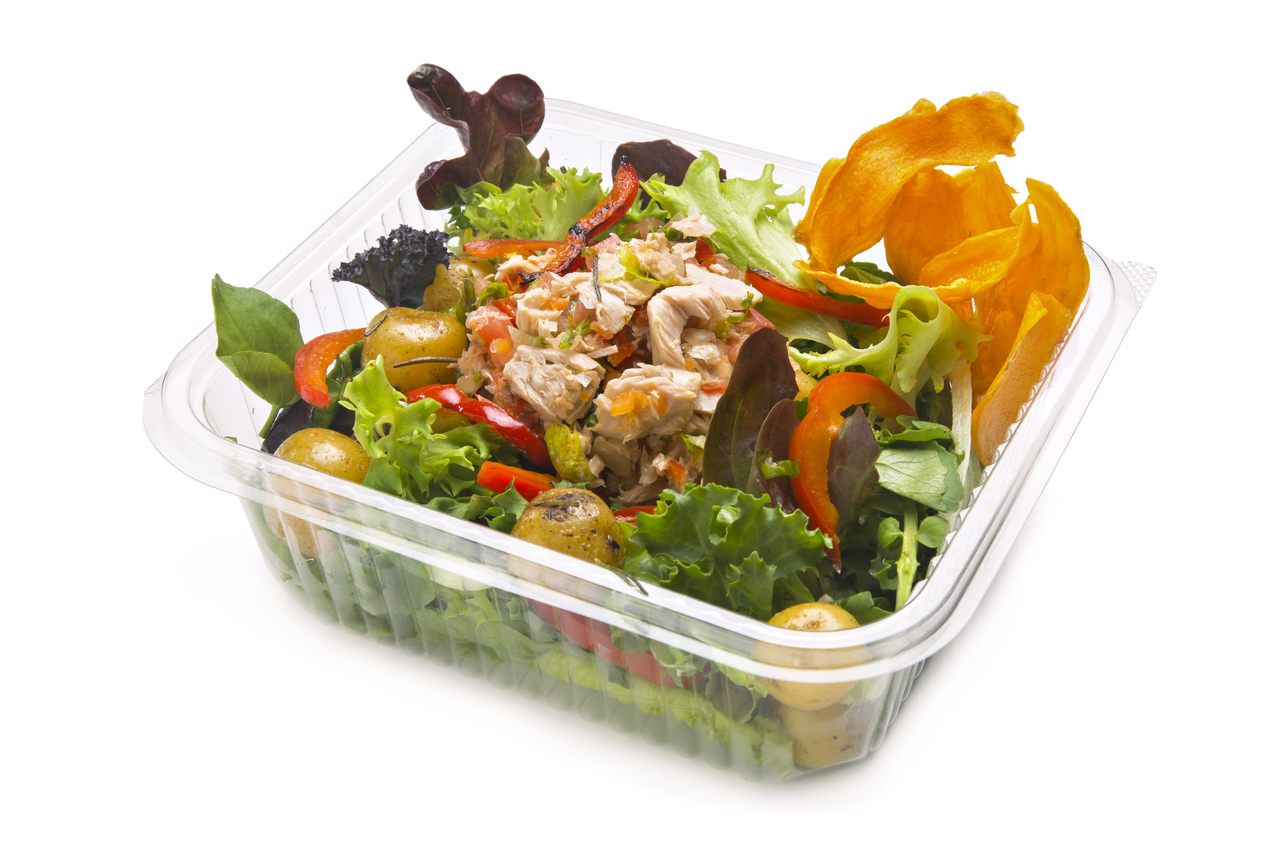
Thermoforming can be conducted on a wide array of materials such as acrylic, ABS, polycarbonate, polyvinyl chloride, and the like. These materials each have different advantages which have to do with high impact strength, dimensional stability, and surface finish. Thin sheets of these materials are heated during the thermoforming process to make them more flexible or malleable.
Thermoforming may sound like a simple process because it involves only two stages — heating and forming. The length of the heating stage depends on the polymer that is used as well as its thickness. Two subcategories that may fall under the thermoforming process include pressure thermoforming and vacuum thermoforming.
Vacuum thermoforming involves the heating of the plastic material before the air is vacuumed out from it. This is done with a three-dimensional mold, where the sheet is placed before vacuuming. Pressure forming is relatively the same, except a post-processing technique is applied, wherein the vacuumed sheet is further applied with air pressure.
Extrusion Blow Molding
For extrusion blow molding, the most common raw materials that you might find include PVC, high-density polyethylene, extrudable PET, or resins. In the extrusion blow molding process, there are many complex components that work together to form the final product. It includes typical machine parts that you might find in other manufacturing processes such as a cross-sectional mold and the melted plastic.
Multi-layered containers are usually the most common result of the extrusion blow molding technique. You can find it across almost every industry — from grocery products to gas canisters that you’ll come across in gasoline stations.
Like injection molding, EBM begins with plastic pellets that are melted before being transferred to the tooling part. Upon transfer to the tooling component, a parison, or a partial tube-like object is extruded into the mold. High-pressure compressed air blows into the parison, which then takes the shape of the mold cavity.
Compression Molding
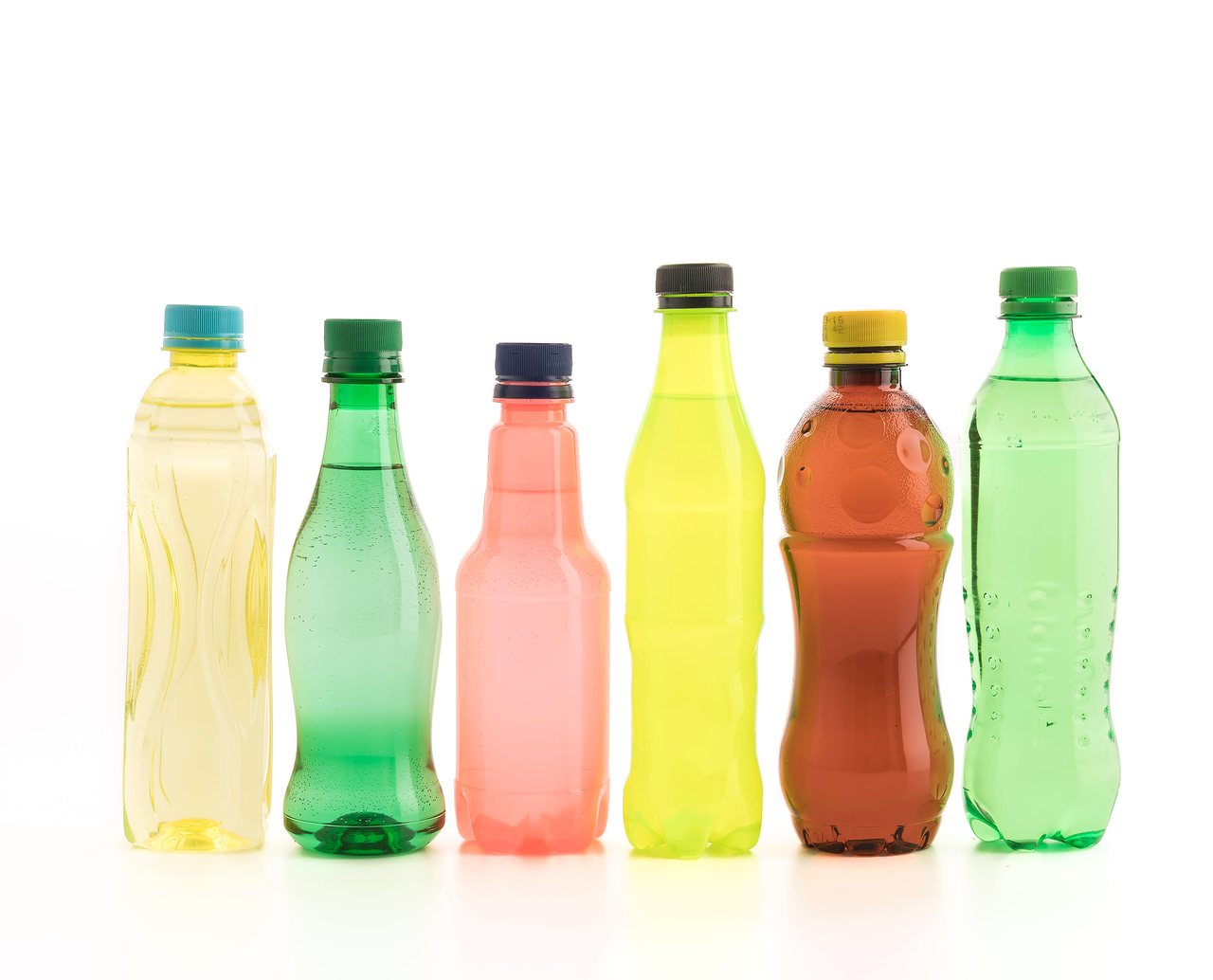
From the name of the technique alone, compression molding sounds similar to extrusion blow molding. However, unlike blow molding, the materials used in compression molding can also include thermosets such as polyester, epoxy, polyurethane, silicone, and the like.
Two forms of compression molding exist — namely the bulk molding compound and sheet molding compound — denoted as BMC and SMC respectively. The difference simply lies in the kind of feedstock material. BMCs typically contain resin paste, crushed glass fibers, and other ingredients. Meanwhile, SMCs are composed of polymer resins, pigments, catalysts, fiber reinforcement, thickeners, and so on.
Once the raw materials are placed into the mold, they’re then heated in order to make them more pliable during the compression process. Separate mold cavities with specific cross sections define the shape of the material. One mold cavity holds the molten material together as it is being pressed by the upper movable cavity.
Key Takeaway
Some of the different types of plastic manufacturing that you may encounter include thermoforming, extrusion blow molding, injection molding, or compression molding. Each process creates specific products that can be used for simple functions or more intensive purposes, especially in the case of reaction injection molding.
Apart from the type of material, factors such as pressure speed, shape of the mold, or temperature can affect the shape of the manufactured product. Post-processing techniques may need to be applied in order to remove unwanted parts from the final product.
